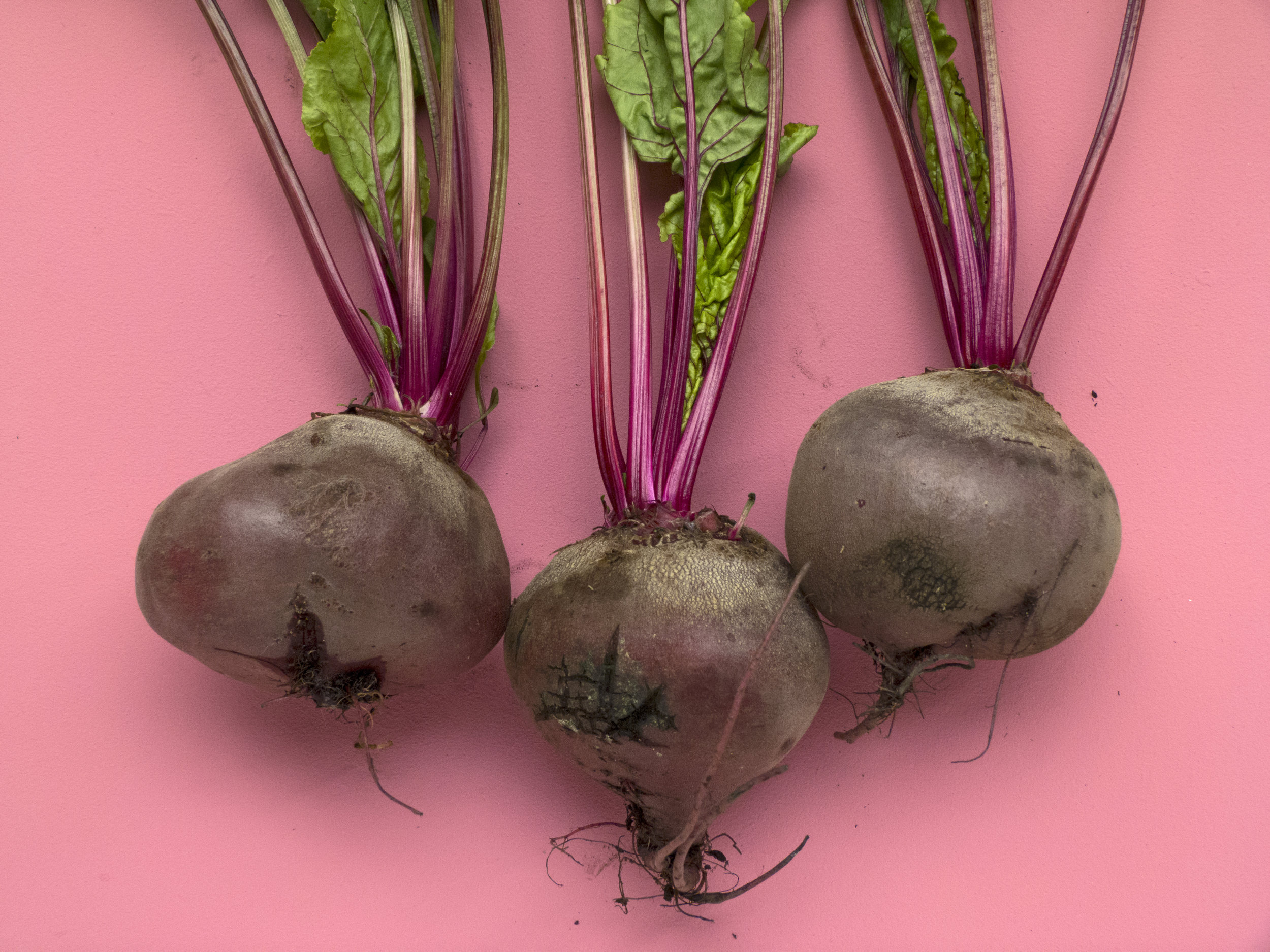Sweet fruits! Is there anything better than a juicy peach on a summer’s day or a bright red strawberry, straight from the garden and bursting with tart flavor? And vegetables! Their cooling crunch, the endless ways to season them up and add them to everything.
Plants like fruits and vegetables cleanse our bodies. They help our bodies to process and remove the toxins that we are exposed to on a daily basis from the environment around us, even if we do our best to avoid toxins. We mostly benefit from the fiber, antioxidants, enzymes, and other detoxifying substances.
Drinking fresh juices made up of both fruits and vegetables is one of the easiest ways to enjoy the rich nutritional benefits of produce. Adding fruit into juices will especially help children in getting all the benefits that juicing can offer.
Fruits, nuts, and other treats should be limited, even on Full GAPS. So treat yourself to an occasional piece of fruit but don’t overdo it! To see a full list of fruits and vegetables that are acceptable on the GAPS Diet, click here.
Good Fruits and Vegetables: The Clean 15 and the Dirty Dozen
If you’re on a strict food budget or looking for a small change that can have a large impact, try purchasing “The Clean 15.” A non-profit group called the Environmental Working Group conducts ongoing research about pesticides that are in (and on) our food and creates a guide to produce pesticides, which they update every year. They rank 48 popular fruits and vegetables, with the “Clean 15” being the top fifteen fruits and vegetables with the least amount of pesticides.
For fruits in 2019, the “Clean 15” which you can purchase the non-organic versions are:
Avocados
Pineapples
Papayas
Kiwi
Cantaloupe
Honeydew Melons
For vegetables in 2019, the "Clean 15" which you can purchase the non-organic versions are:
Sweet Corn
Sweet Peas
Onions
Eggplants
Asparagus
Cabbage
Cauliflower
Broccoli
Mushrooms
A note on Genetically Engineered seeds: The Environmental Working Group has said that a small amount of papaya, sweet corn, and summer squash sold in the U.S. is produced from Genetically Engineered seeds. To avoid Genetically Engineered produce, buy papayas organic.
Conversely, the “Dirty Dozen” are fruits that you really want to purchase organically. These are the top twelve fruits and vegetables that contain pesticides so to keep yourself toxin free, it’s important to purchase organic.
For fruits in 2019, the “Dirty Dozen” that should be purchased organically are:
Strawberries
Nectarines
Apples
Grapes
Peaches
Cherries
Pears
For vegetables in 2019, the "Dirty Dozen" that should be purchased organically are:
Spinach
Kale
Tomatoes
Celery
Potatoes
Hot Peppers
Better Fruits and Vegetables: Purchasing High Quality Organic Always
Organic means produce is grown without synthetic pesticides, synthetic fertilizers or genetically modified organisms. Purchasing all of your fruits and vegetables organically is beneficial for you and beneficial for the plant! If you’re looking for the better choice in produce, try purchasing high quality organic fruits and vegetables.
Best Fruits and Vegetables: Eating Local and in Season
The best choice when it comes to choosing fruits and vegetables is to eat local and in season fruit. Eating in season means your food is fresher and better tasting! Eating local is also better for the environment because your food travels less miles to be on your table.
To buy local, in season fruits and vegetables, you can check for local farming co-ops or farmer’s markets. Buying local also means you’re supporting a small business. It’s a win-win-win all around! Or consider growing your own fruits and vegetables if you have the space!
To find in-season fruits and vegetables no matter where you are, try the Seasonal Food Guide website.



